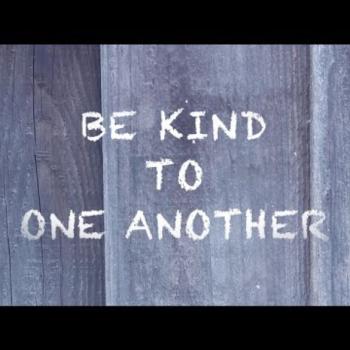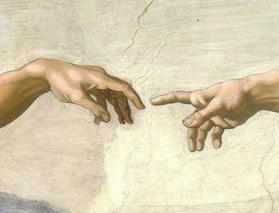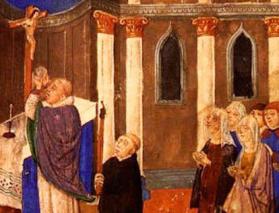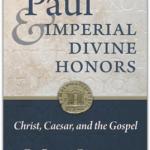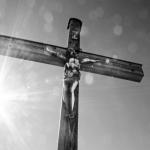“Ritual” wasn’t a hooray term in early Protestantism. Catholics had their rituals and ceremoniousness, and Protestants had little interest. Yet it was a Scot, and a professor of divinity, Robertson Smith, who first focused scholarly attention on the phenomenon.
As Jan Bremmer points out in his contribution to Ansichten griechischer Rituale, Robertson Smith’s contemporaries did not share his interest. Tylor had a single chapter on rituals in Primitive Culture, and there was no entry on ritual in the Encyclopedia Britannica, that storehouse of everything worth knowing, through the ninth and tenth editions. Robertson Smith’s friend and interlocutor, James Frazer, collected data on ritual from ethnographers and assembled them systematically. Ritual studies entered classics in the work of Jane Harrison and Gilbert Murray, and might have made a bigger impression in France if van Gennep had not been blackballed from Durkheim’s inner circle.
Bremmer concludes, “‘The ritual turn’ . . . clearly took place in the late 1880s and 1890s. According to the Oxford anthropologist Franz Steiner . . . , it was caused by the interest of the Victorian Age in ‘irrational rules’ of religion which could not be explained by more rationalistic theories. Although there is some truth in this observation, the developments certainly did not start in England. Rather, the first representative of the new developments was . . . Mannhardt, whose study of European peasant customs was immensely popular and influential; behind Mannhardt, there was the German Romantic movement with its burning interest in popular customs. This particular interest became intensified by the growing urbanisation of Western Europe in the second half of the nineteenth century, which enlarged the differences between town and country and made once-familiar customs look increasingly strange” (22). Theorists began to speculate that ritual is more primitive and fundamental to religion than myth, a prejudice that has continue to dog ritual studies.
Even so, direct interest in ritual really took off, he claims, with the English translation of van Gennep in 1960, and with Victor Turner’s Gennep-inspired books that began to be published in the late 1960s.
I wonder what this genealogy would look like if Bremmer had cast his net wider to include not only folklorists and ethnology but also liturgists.



